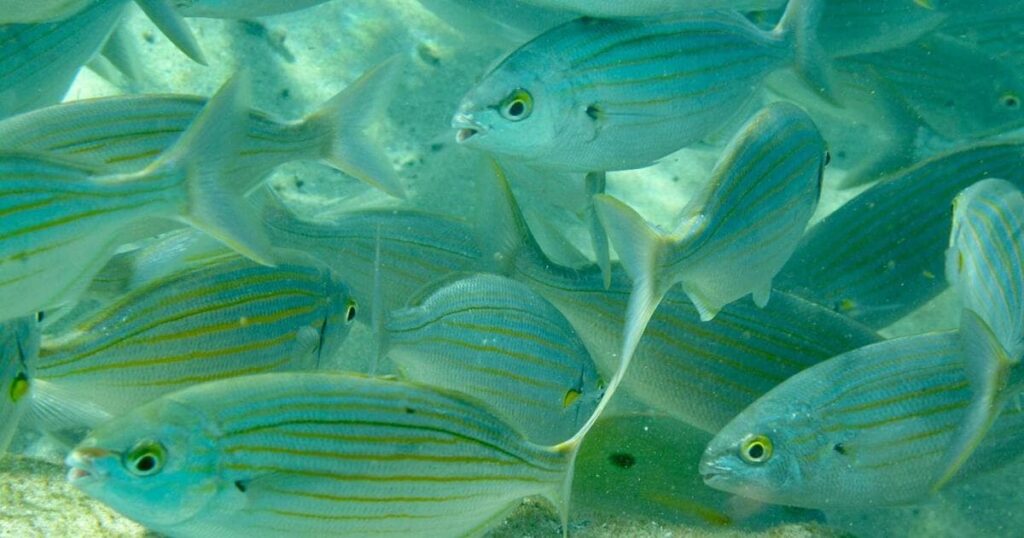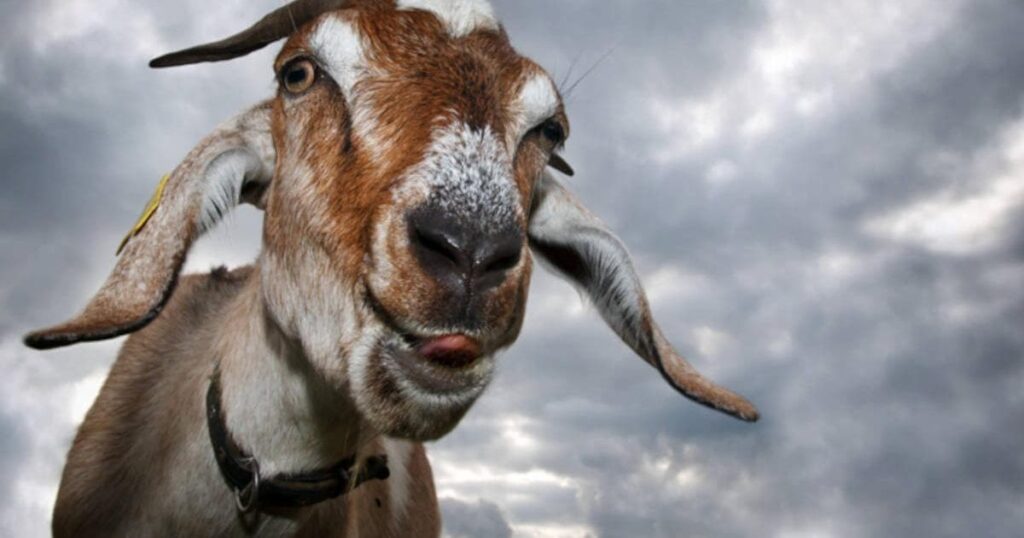The world still holds many strange things that humans have yet to discover. At the same time, people themselves have contributed to the mystery of bizarre creatures through rumors and legends.

10 Most Famous Sea Monsters of All Time
4 Terrifying Horse-like Beasts in Ancient Tales
“The world has more than 30 million animal species, yet science has only discovered a small fraction. Therefore, legends of a beast with the head and wings of an eagle but the body of a lion may actually have originated from pterosaurs, whose fossils remain today. Or giant oarfish mistaken for enormous sea serpents, and colossal squids misidentified as deep-sea monsters.”
This is the view of Dr. Angela Milner of the Natural History Museum in London when discussing myths about strange creatures that have appeared across the globe. So, what is the truth?
Giant Sea Serpent
For hundreds of years, sailors have told tales of giant sea serpents. James Lockhart, author of The Mysteries of the Sea: The Giant Sea Serpent, stated that there were two credible reports of this sea monster in 1875 and 1905.
Witnesses described a snake-like creature with a horse-like head, dark on top, lighter toward the tail. According to Professor Milner, the so-called giant sea serpent was likely just an oarfish, a creature that rarely surfaces.
The Loch Ness Monster
Eyewitness accounts and photographs from the 1930s sparked questions: could a long-necked reptile from 180 million years ago still live beneath Scotland’s Loch Ness? Prehistoric fossils have clarified many legends, but not this one. Professor Milner explained that such aquatic reptiles went extinct 65 million years ago.
If one somehow survived, it would have had to endure the Ice Age and be transported to Loch Ness intentionally. Moreover, those reptiles lived in the sea, while Loch Ness is freshwater, meaning it would need to surface often for air. Expeditions by the Natural History Museum and Scottish authorities found only tiny nematode worms. Professor Milner concluded: “There is no concrete evidence proving the Loch Ness Monster exists.”
Unicorn
Descriptions of unicorn-like horses date back to 400 BC, though size and temperament varied. Horns ranged from a few centimeters to 1.2 meters. Some thought them gentle, others fierce.
The horn resembles the tusk of a narwhal, a marine mammal. Additionally, 10,000 years ago, a horse-like rhinoceros called Elasmotherium existed. Ancient people may have combined these creatures into the unicorn myth. Another possibility is the white antelope of the Middle Ages, whose two horns could appear as one from afar.
The Kraken
Hundreds of years ago, sailors spoke of a terrifying sea monster off the coast of England’s Kraken region. With tentacles stretching dozens of meters, it was said to sink ships into the depths. The story was likely an exaggeration of real giant squids.
Professor Milner explained: “Though rarely seen, giant squids are real. The largest recorded was 27 meters long, and pieces of giant squid flesh have been found in sperm whale stomachs.”
Half-Eagle, Half-Lion Beast
This legend originated in Central Asia around 500 BC: a creature with the wings and head of an eagle but the body of a lion. Archaeological finds later unearthed fossils of the flying dinosaur Protoceratops, whose skull resembled the bird-like head in the legend. Over centuries of retelling, the myth persisted.
The Cyclops
In ancient Greek mythology, a race of one-eyed giants existed. In reality, thousands of years ago, small elephants roamed whose skulls were twice the size of a human’s, with a large central hole for the trunk — easily mistaken as an eye socket. The true small eye sockets on the sides were overlooked, fueling the Cyclops myth.
The Yeti
After Shipton’s 1951 Everest expedition, reports of a bear-like creature fascinated the public. Known as the Yeti in the Himalayas, similar legends exist worldwide: Bigfoot in North America, Yeren in China, forest people in Vietnam, and Orang-Pendek in Indonesia. The region was once home to the giant ape Gigantopithecus, twice the size of modern apes.
Dragons
Chinese dragons often have four claws, but imperial dragons symbolizing power have five. China discovered dinosaur fossils 2,000 years ago, which may have inspired dragon myths. Today, people still conflate dragons with dinosaurs. The Komodo dragon of Indonesia and dinosaur fossils helped filmmakers recreate the majestic dragon as a cultural icon.
The Chupacabra
The Chupacabra, meaning “goat sucker” in Spanish, is a strange creature described as kangaroo-like with sharp fangs and glowing red eyes. The first reports came from Puerto Rico in the 1990s and spread across the Americas.
In 1995, eight goats were found drained of blood, with deep wounds on their chests. Initially attributed to cults, the attacks continued, heightening fears of a mysterious beast. Some farmers even held blessing ceremonies for protection. Witnesses described it as reptilian, with spiny ridges down its back, standing 1.2–1.5m tall.
Bigfoot
Alongside the Loch Ness Monster and the Yeti, Bigfoot is one of the world’s most famous legendary creatures. Described as ape-like, over 2.5 meters tall, and covered in brown or reddish fur, Bigfoot was said to emit a foul odor and piercing screams unlike any known animal.
Nearly 900 giant footprints attributed to Bigfoot have been found since the first sighting. Today, the legend lives on in pop culture, becoming more of a humorous meme than a feared monster. But who knows? Perhaps many Bigfoots still roam the wild.

